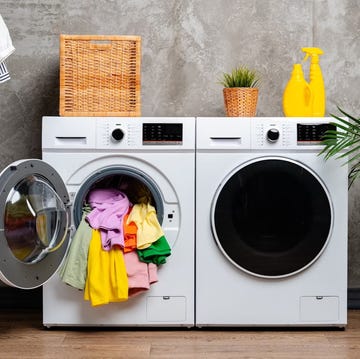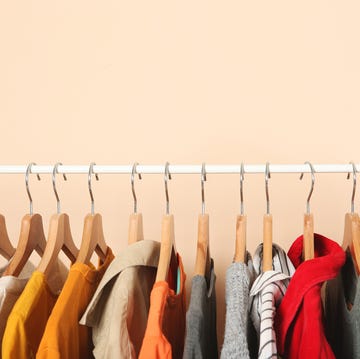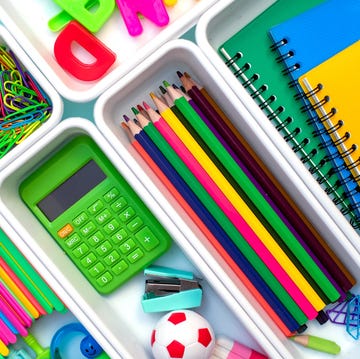Decluttering the house can be stressful. That's why it's important to start small and tackle it one room at a time to avoid feeling overwhelmed. A detailed checklist can help you set your decluttering goals and stay on track. Plus, there's the satisfaction of checking tasks off your to-do list — "cleared out mismatched hangers in the closet, check!"
Of course, decision-making is one of the most challenging aspects of the decluttering process, so remember to be patient and gentle with yourself. "Focusing on one pain point, like a drawer or cabinet, will help you build your decluttering confidence through small, quick wins," says Laura Kinsella, founder of Urban OrgaNYze. She recommends setting a 10-15 minute timer to maintain focus and accountability. "Decluttering is contagious — as you build momentum, tackling larger projects becomes easier."
If you're wondering where to start, we've got you covered: Our decluttering checklist breaks down exactly what to tackle in every room of the house. Pro tip: Before you begin, gather a few donation boxes and trash bags.
How to Declutter Room by Room
Entry
- Old mail, newspapers and magazines
- Reusable shopping bags
- Shoes and jackets you don't wear regularly
- Seasonal items
Kitchen
- Expired foods and spices
- Take-out containers
- Chipped or cracked dishes
- Warped cutting boards
- Old dishtowels and table linens
- Duplicate kitchen items (bottle openers, measuring cups, can openers)
- Excess reusable water bottles
- Extra coffee mugs
- Specialty appliances you rarely use (panini press, holiday-themed waffle maker, shaved ice machine)
- One-off party supplies (birthday napkins or holiday plates)
- Restaurant menus and user manuals
- Takeout utensils (plastic forks, knives and chopsticks)
Living Room
- Miscellaneous cords, wires and chargers
- Games or puzzles with missing pieces
- Old remote controls
- Home decor and furniture you no longer enjoy
- Excess throw pillows
Bathrooms
- Old medications
- Expired or unwanted toiletries
- Excess packaging from products
- Worn or old towels
- Hair tools you rarely use
- Cosmetic samples
- Random hair accessories and brushes
Bedrooms
- Clothing that no longer fits
- Unpaired socks
- Uncomfortable shoes
- Accessories you don't wear
- Damaged jewelry
- Mismatched hangers
- Old magazines or books
- Worn sheets and pillowcases
Laundry Room
- Unused cleaning supplies
- Expired laundry detergent, fabric softener and stain removers
- Out-of-place items
- Ripped or stained clothing
- Broken hampers or laundry baskets
Kids' Spaces
- Unworn or outgrown clothing
- Toys children have outgrown or no longer enjoy
- Duplicate items
- Incomplete toy sets, games or puzzles
- Damaged books, dried-out markers, etc.
Alyssa Gautieri (she/her) is the associate lifestyle editor for Good Housekeeping, where she covers all things home and interior design. Prior to joining GH in 2022, she wrote for publications including ELLE Decor, Chairish, BobVila.com, Unique Homes Magazine and LODGING Magazine, in addition to crafting product copy for home brands like BrylaneHome and VIGO Industries.





















